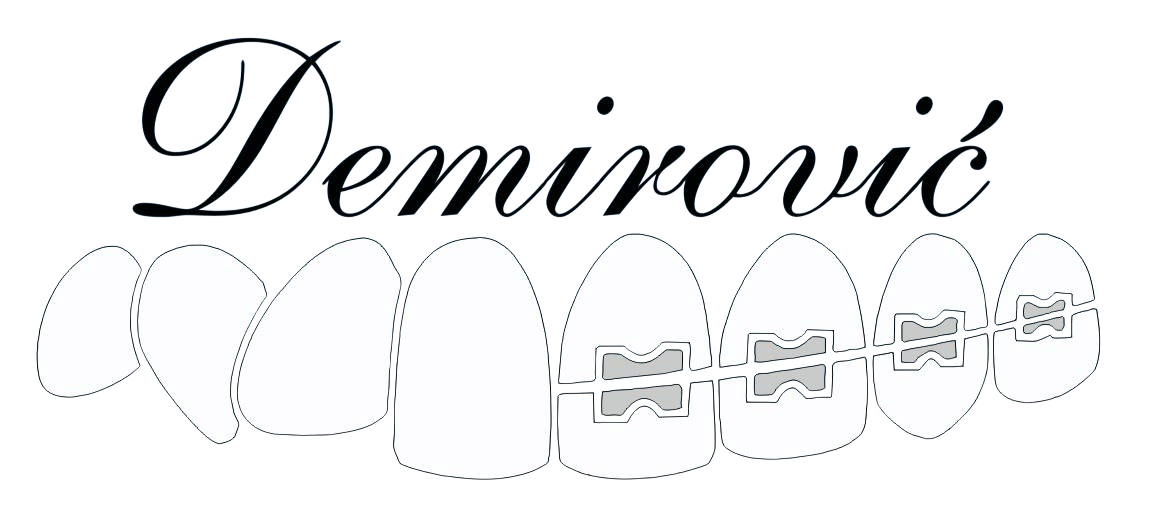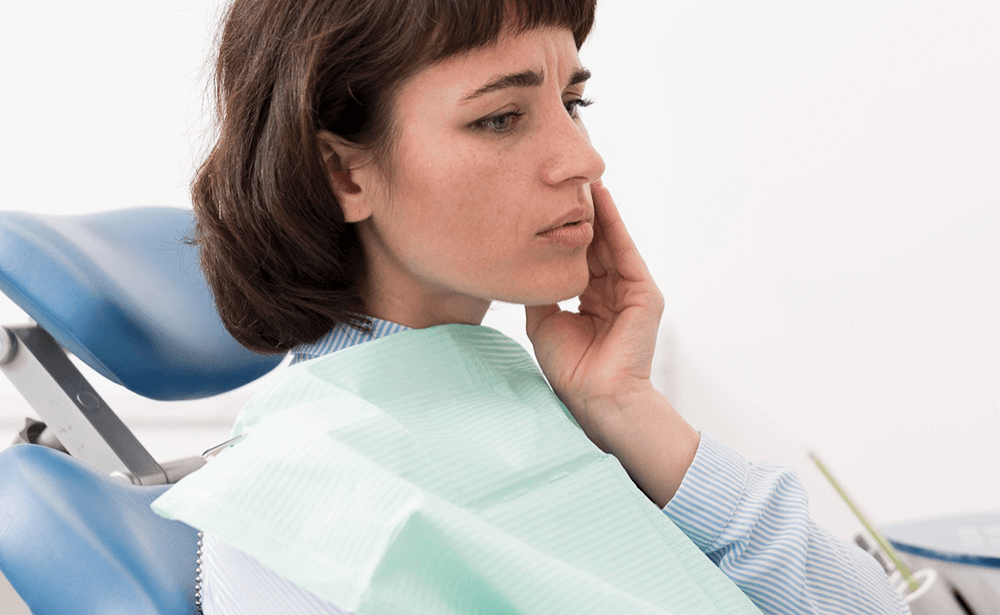Orofacial pain
Orofacial pain is a common yet often overlooked issue that affects the masticatory muscles, temporomandibular joint, and surrounding facial structures. This type of pain can result from orthodontic and prosthetic irregularities, poor oral habits, stress, or improper occlusion. Symptoms range from mild discomfort to severe pain that limits daily functioning. Timely diagnosis and an individualized therapeutic approach are essential for successfully alleviating symptoms and restoring normal jaw and facial function.
Signs and symptoms of orofacial pain:
- Severe pain and tenderness in the masticatory muscles
- Tenderness in the muscles of the orofacial region
- Pain in the structures of the temporomandibular joint (TMJ)
- Limited mouth opening
- Difficult or painful chewing
- Tinnitus (ringing in the ears)
Causes of orofacial pain:
- Complex orthodontic anomalies
- Inadequately performed previous orthodontic treatment
- Poorly performed prosthetic bite reconstruction
- Parafunctional activities (e.g., teeth grinding, clenching the jaw)
Therapy for orofacial pain:
- Diagnosis of muscular pain using an algometer:
- Application of occlusal splints (special dental mouthguards)
- Occlusal positioners for proper alignment of the lower jaw
- Orthodontic therapy that addresses the biomechanical causes of pain
- Myofunctional exercises for strengthening and relaxing the orofacial muscles
Frequently Asked Questions (FAQ)
Here you will find answers to the most common questions that our patients ask regarding this service.
Orofacial pain is chronic or occasional pain that occurs in the area of the face, jaw, masticatory muscles, or temporomandibular joint (TMJ). It can manifest as pain when chewing, limited mouth opening, pain in the facial muscles, as well as symptoms like ringing in the ears (tinnitus).
The most common causes include bite irregularities, improperly performed orthodontic or prosthetic treatments, parafunctional activities such as teeth grinding, as well as stress that leads to excessive tension in the facial and jaw muscles.
Yes, with precise diagnosis and an individualized approach to therapy, orofacial pain can be significantly alleviated or completely eliminated. Therapy includes a combination of orthodontic and myofunctional methods, occlusal splints and positioners, with progress monitored through specialized diagnostics.
The duration of the therapy depends on the cause of the pain and the complexity of the case. In some patients, the improvement is felt already after a few weeks, while in others the therapy can last several months, with regular check-ups and adjustment of the treatment.
In most cases, therapy is based on non-surgical and non-pharmacological methods – such as orthodontic braces, myofunctional exercises and occlusal splints. Medications can be used temporarily, only on the recommendation of a doctor, to relieve acute pain or inflammation.

